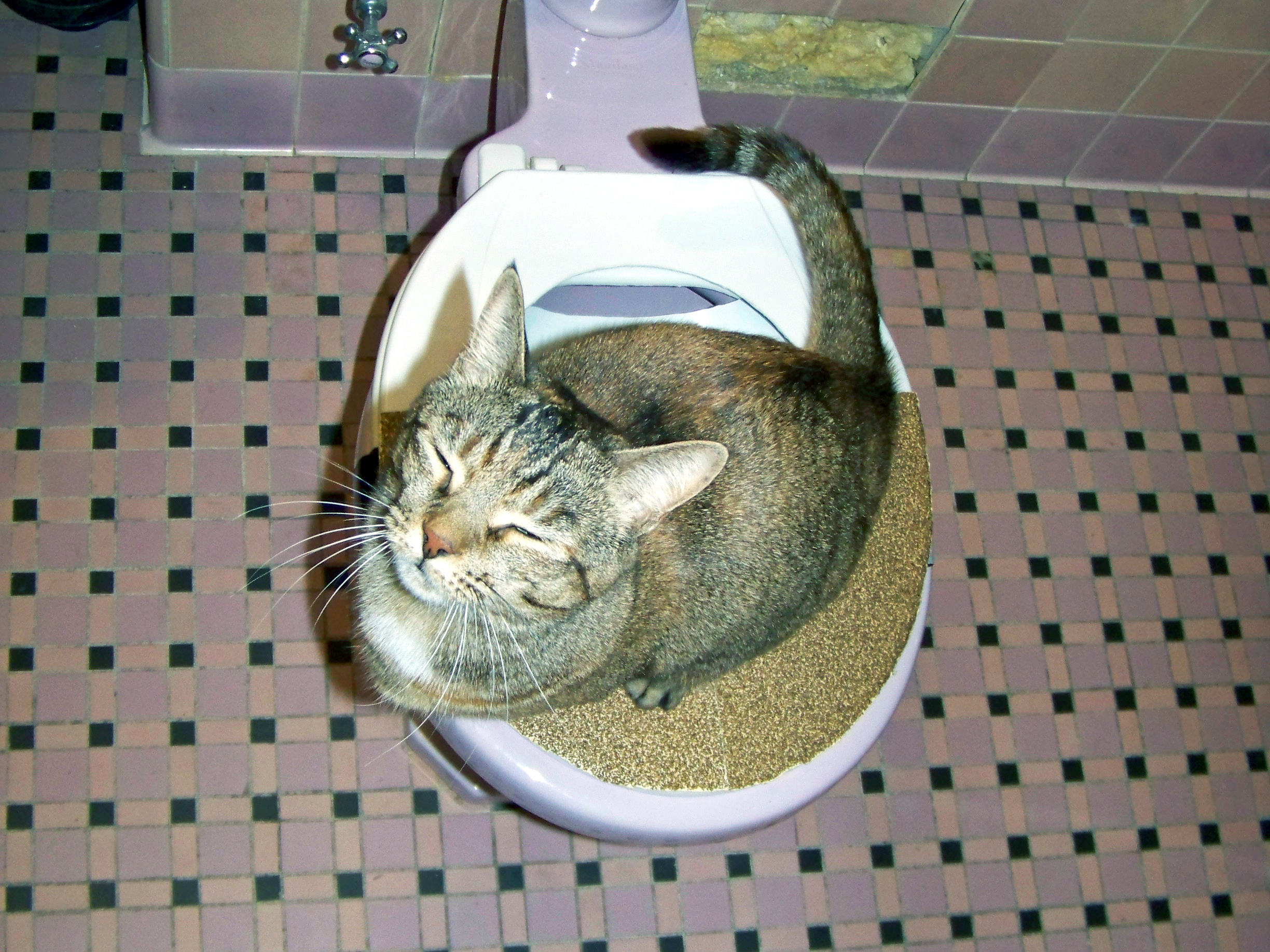Prevent Clogs and Damage: Never Flush Cat Poop Down Your Toilet - Professional Recommendations
Prevent Clogs and Damage: Never Flush Cat Poop Down Your Toilet - Professional Recommendations
Blog Article
They are making a few great points about Can You Flush Cat Poo or Litter Down the Toilet? overall in the content below.

Intro
As cat proprietors, it's vital to be mindful of how we take care of our feline pals' waste. While it might appear hassle-free to purge pet cat poop down the bathroom, this practice can have detrimental repercussions for both the environment and human health and wellness.
Ecological Impact
Flushing feline poop introduces dangerous pathogens and parasites into the water supply, presenting a significant danger to marine communities. These impurities can negatively impact marine life and compromise water high quality.
Wellness Risks
Along with environmental problems, flushing pet cat waste can additionally position health and wellness dangers to human beings. Pet cat feces may contain Toxoplasma gondii, a parasite that can trigger toxoplasmosis-- a possibly severe disease, specifically for pregnant ladies and people with damaged immune systems.
Alternatives to Flushing
Luckily, there are safer and extra liable ways to throw away pet cat poop. Consider the following options:
1. Scoop and Dispose in Trash
The most typical technique of disposing of cat poop is to scoop it right into an eco-friendly bag and throw it in the trash. Be sure to use a devoted litter scoop and get rid of the waste immediately.
2. Use Biodegradable Litter
Select naturally degradable pet cat clutter made from products such as corn or wheat. These clutters are eco-friendly and can be securely taken care of in the garbage.
3. Hide in the Yard
If you have a lawn, think about burying cat waste in an assigned area away from vegetable yards and water resources. Make certain to dig deep adequate to avoid contamination of groundwater.
4. Set Up a Pet Waste Disposal System
Invest in a pet waste disposal system especially developed for feline waste. These systems use enzymes to break down the waste, decreasing odor and ecological influence.
Verdict
Liable family pet ownership expands beyond supplying food and sanctuary-- it also involves correct waste administration. By refraining from purging feline poop down the toilet and going with different disposal techniques, we can minimize our ecological footprint and protect human wellness.
Why Can’t I Flush Cat Poop?
It Spreads a Parasite
Cats are frequently infected with a parasite called toxoplasma gondii. The parasite causes an infection called toxoplasmosis. It is usually harmless to cats. The parasite only uses cat poop as a host for its eggs. Otherwise, the cat’s immune system usually keeps the infection at low enough levels to maintain its own health. But it does not stop the develop of eggs. These eggs are tiny and surprisingly tough. They may survive for a year before they begin to grow. But that’s the problem.
Our wastewater system is not designed to deal with toxoplasmosis eggs. Instead, most eggs will flush from your toilet into sewers and wastewater management plants. After the sewage is treated for many other harmful things in it, it is typically released into local rivers, lakes, or oceans. Here, the toxoplasmosis eggs can find new hosts, including starfish, crabs, otters, and many other wildlife. For many, this is a significant risk to their health. Toxoplasmosis can also end up infecting water sources that are important for agriculture, which means our deer, pigs, and sheep can get infected too.
Is There Risk to Humans?
There can be a risk to human life from flushing cat poop down the toilet. If you do so, the parasites from your cat’s poop can end up in shellfish, game animals, or livestock. If this meat is then served raw or undercooked, the people who eat it can get sick.
In fact, according to the CDC, 40 million people in the United States are infected with toxoplasma gondii. They get it from exposure to infected seafood, or from some kind of cat poop contamination, like drinking from a stream that is contaminated or touching anything that has come into contact with cat poop. That includes just cleaning a cat litter box.
Most people who get infected with these parasites will not develop any symptoms. However, for pregnant women or for those with compromised immune systems, the parasite can cause severe health problems.
How to Handle Cat Poop
The best way to handle cat poop is actually to clean the box more often. The eggs that the parasite sheds will not become active until one to five days after the cat poops. That means that if you clean daily, you’re much less likely to come into direct contact with infectious eggs.
That said, always dispose of cat poop in the garbage and not down the toilet. Wash your hands before and after you clean the litter box, and bring the bag of poop right outside to your garbage bins.
https://trenchlesssolutionsusa.com/why-cant-i-flush-cat-poop/

Do you appreciate more info about How to Dispose of Cat Poop and Litter Without Plastic Bags? Try leaving a remark down the page. We would be interested to hear your opinions about this blog posting. In hopes that you visit us again before long. Feel free to set aside a second to share this blog if you enjoyed it. Thanks a lot for going through it.
Learn More Report this page